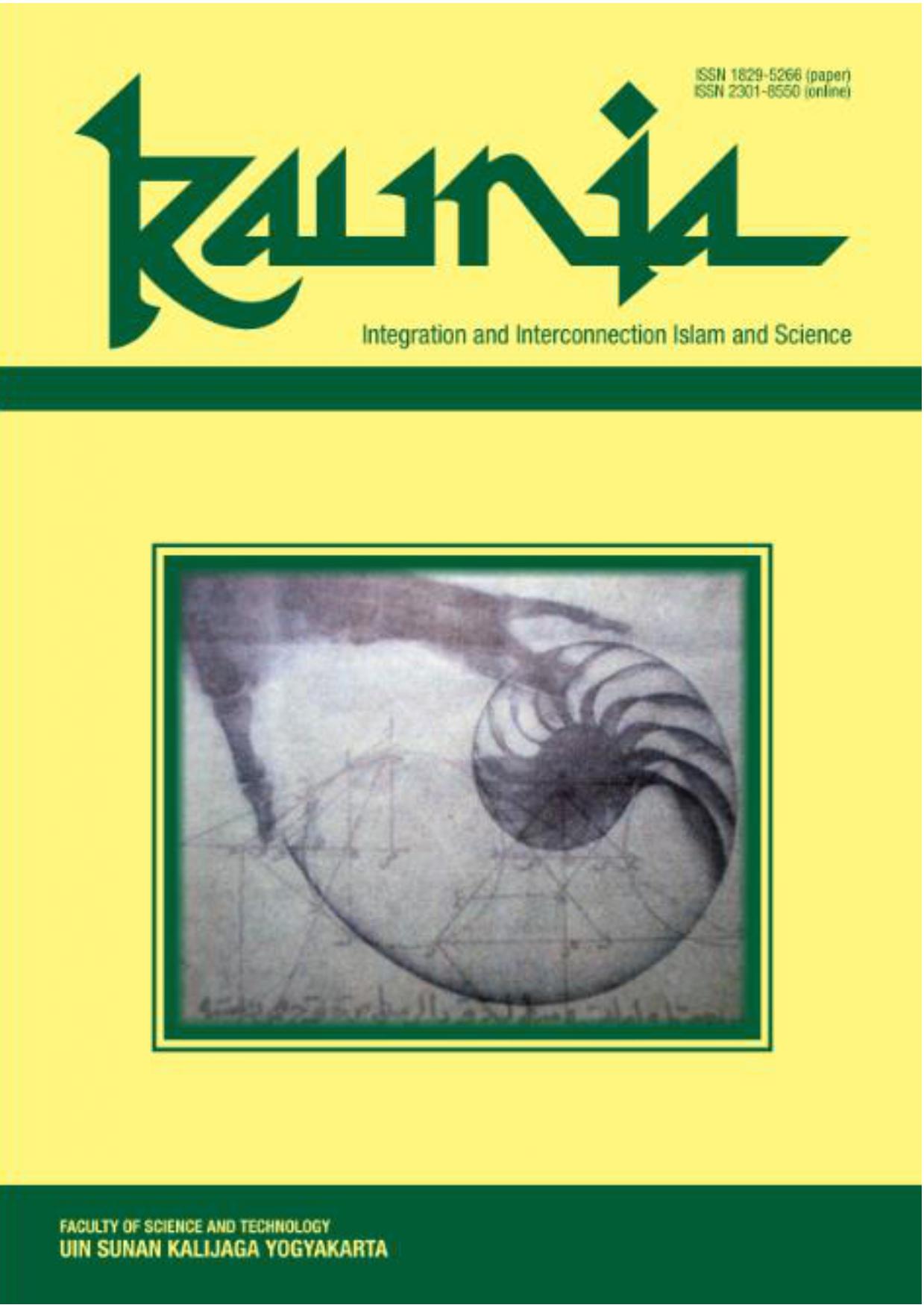Artificial Bee Colony Algorithm to Solve the Shortest Route Problem with Fuzzy Arc Weight
DOI:
https://doi.org/10.14421/kaunia.3042Keywords:
Shortest Path Problem, Fuzzy Trapezoid Number, α-cut Fuzzy Number, Artificial Bee Colony Algorithm, Genetic AlgorithmAbstract
The shortest path problem usually assumes a clear value (crisp) for the weights of each route. However, the crisp weight sometimes ends up ambiguous in practice in the daily life. The number of arc weights is calculated using fuzzy logic, α-cut fuzzy numbers. The Artificial Bee Colony (ABC) algorithm that adopts bee behavior in food searching is used to solve the shortest path problem. This study discusses how to solve numerical problems to find the shortest path using the Artificial Bee Colony algorithm if the arc weights are fuzzy numbers. The algorithm starts with finding the initial solution using Algorithm 1 and then calculated each distance using the sum of α-cut methods. After that, do a local search for each initial solution using the genetic algorithm mutation operator, then searched the distance amount using the same way then compared using the result of distance . The next step was to calculate the fitness value of each solution that would be used to calculate the probability value. The final step was to improve the solution, and an improved solution is said to be a solution if it does not improve again anymore. The calculation process was done repeatedly from the second step to the maximum iteration, i.e. when iteration had reached the limit or the iteration limit fails. Based on the calculation process using ABC algorithm in the case of numerical example, delivery of clean water supply in Gunung Kidul Regency, obtained the shortest route, that is route 1,2,3,5,6 with interval distance equal to 459, 9142.
References
Abdussakir, Nilna N A, and Fifi F N., 2009. GRAPH THEORY: Basic Topic for Final Project/Thesis. Malang: UIN-Malang Press.
Ebrahimnejada, Ali., and friends. 2016. A Novel Artificial Bee Colony Algorithm for Sortest Path Problems with Fuzzy Arc Weight. Measur4170.
Entin. 2010. Artificial Intelligence (Chapter 7 Genetic Algorithms). Politeknik Elektronika Negeri Surabaya. Surabaya.
Hassanzadeh, Reza., and friends. 2013. A Genetic Algorithm for Solving Fuzzy Shortest Path Problems with Mixed Fuzzy Arc Lengths.
Irsalinda, Nursyifa. 2013. Global Optimization Problem Solving Using Artificial Bee Colony Algorithm. Yogyakarta: Universitas Ahmad Dahlan.
Karaboga, Dervis and Ozturk, Celal. 2011. A Novel Clustering Approach: Artificial Bee Colony (ABC) Algorithm.
Khalaf, Wakas.S. 2014. Solving Fuzzy Transportation Problem Using a New Algorithm. Volume: 14.
Nurdiana, Dian. 2015. Implementation of Bee Algorithm for Shortest Path Search by Considering Heuristics. Jurnal Pendidikan Matematika Vol 5 No 2.
Sri Kusumadewi and Hari Purnomo. Fuzzy Logic App for Decision Support. Yogyakarta: Graha Ilmu.
Downloads
Published
How to Cite
Issue
Section
License
Copyright (c) 2021 Kaunia: Integration and Interconnection Islam and Science

This work is licensed under a Creative Commons Attribution-NonCommercial-ShareAlike 4.0 International License.
All articles published in Kaunia are licensed under a Creative Commons Attribution-NonCommercial-ShareAlike 4.0 International license, with the copyright to these articles held by the journal. Anyone is free to read, download, copy, distribute, print, search, link to full text articles, or transform an article, in any medium or format, provided they do so non-commercially, give appropriate credit to Kaunia, and distribute any derivative work under the same (or equivalent) terms.
By submitting to Kaunia, authors agree to both the terms of the CC BY-NC-SA license and the automatic transfer of the copyright to their article if it is accepted.









